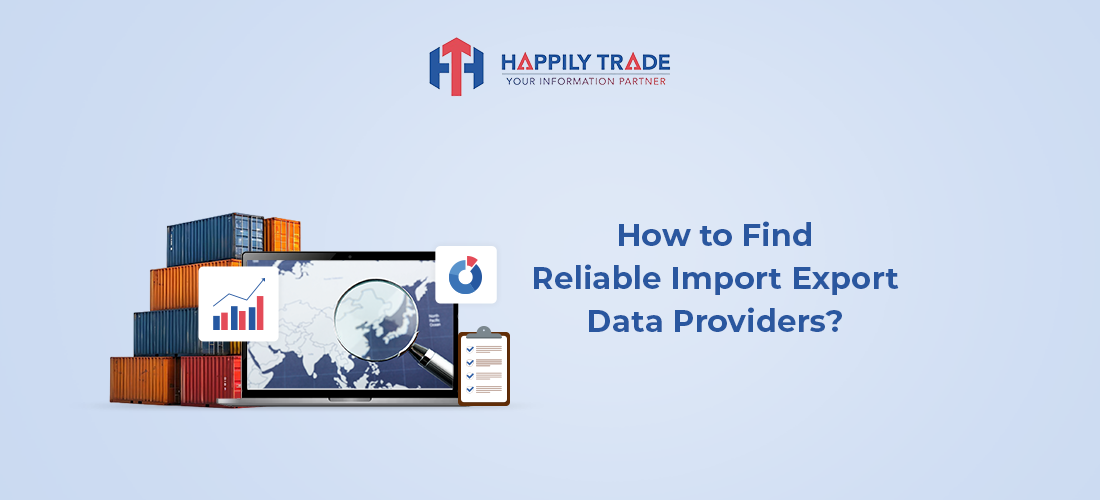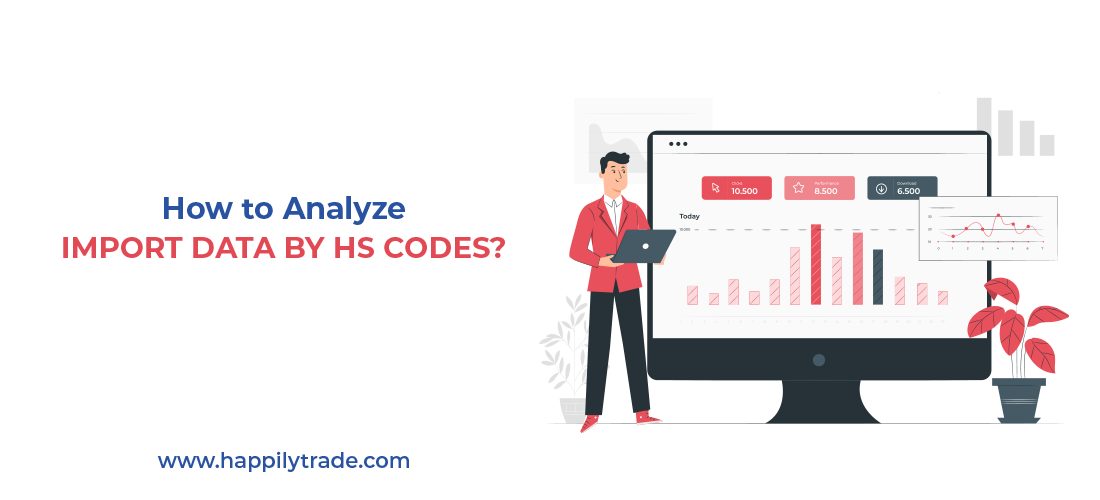How to Analyze Import Data By HS Codes?
- Log in to post comments
Harmonised System or HS (HS) Codes are composed of 6 to 13 unique digits, commonly used throughout the export process for goods. The first 6 digits are the HS number assigned globally and every country is allowed to use up to 13 digits to classify products. These codes are specially assigned to every product and are crucial for shipping documents. Therefore, if you are into import-export-trading business analyzing import and export hs codes becomes mandatory. The import-export hs codes are universally acknowledged identifying and assessing the proper taxes and duties on every commodity.
Every five years, the World Customs Organization (WCO) updates the “Harmonized Commodity Description and Coding System” or “ Harmonised System of Nomenclature ” or simply the HS codes. The codes are the foundation of all import and export trading classification systems.
Now, exporters clearly can gain many insights into the trading scenario by studying the HS codes. The importers also need the HS codes to calculate the tariffs and analyze the market. For example, if you are an importer buying a certain amount of gloves, first you need to understand where you are selling them. The final selling price ought to be competitive with the existing market. It’s always better to be prepared than regret later.

HS Codes and Import Data:
First of all, you should understand the importance of importing data. Import data is the collection of information to know which country is importing what from where. HS code tells us the shipment records, the volume of the particular commodity, and the parties involved in the trade. Without hs code import data, you will have much jumbled-up information, unable to classify and find out just one commodity data.
How Do You Use the HS Code?
You will need both the digits extension by the importing country, such as the U.S. Schedule B number and the foreign country’s version of the HS code for your product during the export process. You can use it to,
- Classify the shipments according to the assigned digits for particular physical goods.
- Report shipments in the Automated Export System (AES) when the value is more than $2,500, or the item requires a license. Studying the HS code will also let you know if you need any special licenses for your product.
- HS codes will help you search the required shipping documentation.
- Get information about the shipper’s letter of instructions, commercial invoice, or certificate of origin.
- Determine import tariff county-wise with the HS codes for your product.
How to find the right HS code for your product?
Government websites for tariff classifications feature HS search tools. For example, in India, you can use the ITC (HS) code search tools on Indian Customs’ electronic data interchange platform, or on the Indian Trade Portal. For the UK, you need to use the Tariff Classification tool from the GOV website. The same goes for any country. A simple Google search is all it takes. Once you get to the HS code list, click on the relevant chapter (according to the type of your product) and search through the headings and subheadings.
Fare warning though! Incorrect analysis and identification of HS code can have severe disadvantages to your import export trading business. Consult with Happily Trade Exim to correctly analyze import and export HS codes and steer clear of the future hassles.








